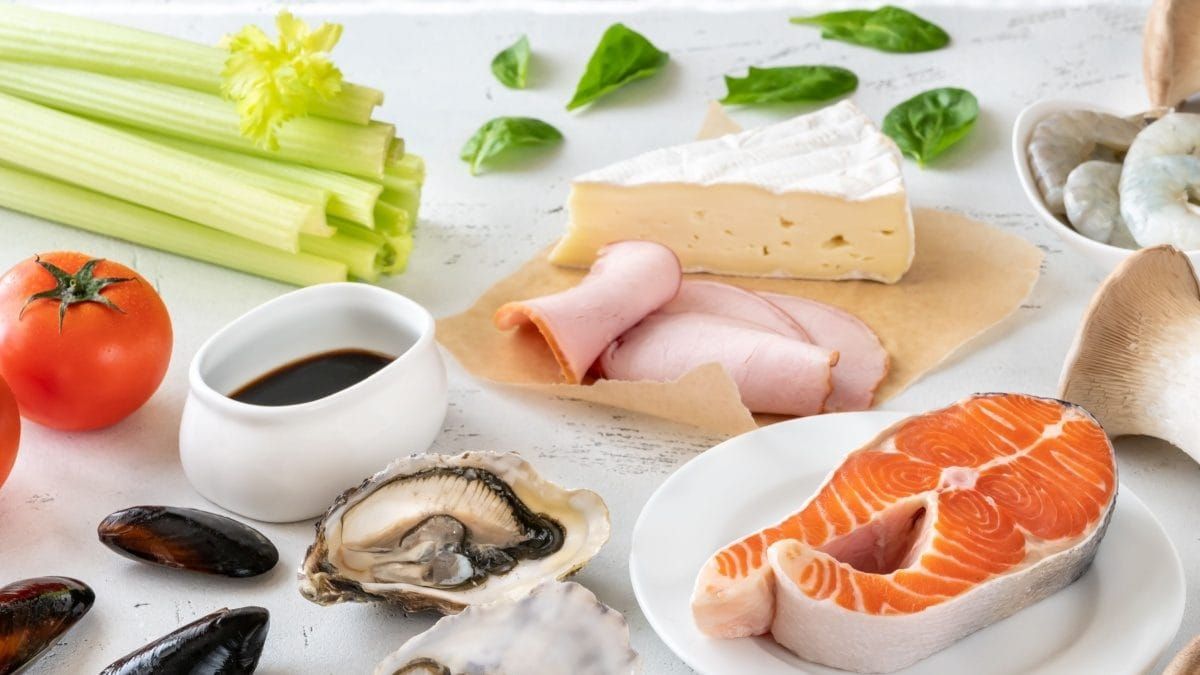In Japanese cuisine, umami forms the very foundation of flavor, creating a complex and satisfying flavor profile.
Umami, which translates as “pleasant, salty taste,” is the fifth taste along with sweet, sour, salty, and bitter. It is a rich, brothy essence found in cooked meats, aged cheeses, and certain vegetables.
Umami is often described as the fifth taste, along with sweet, sour, salty, and bitter. It represents a tasty, rich and full-bodied flavor that enhances the depth and complexity of the food. In Japanese cuisine, umami is essential and is derived from specific ingredients such as dashi (a broth made from kombu seaweed and bonito flakes), soy sauce, miso paste and certain mushrooms such as shiitake. These ingredients contain natural compounds such as glutamate and inosinate, which stimulate umami receptors on the tongue, imparting a satisfying and lingering flavor. Umami is essential to creating balance and harmony in Japanese dishes, showcasing the art of flavor in culinary traditions.
Vladimir Villarba, Chef De Cuisine, Adrift Kaya, JW Marriott, New Delhi Aerocity, “At ADRIFT Kaya, a modern Japanese Izakaya located inside the JW Marriott New Delhi Aerocity, we pride ourselves on offering a transformative and fun dining experience. “We believe that the heart of Japanese cuisine lies in its unique depth of flavor, and an important part of this magic comes from a concept that is often overlooked in the West: umami.”
Umami, which translates as “pleasant, salty taste,” is the fifth taste along with sweet, sour, salty, and bitter. It is a rich, brothy essence found in cooked meats, aged cheeses, and certain vegetables. In Japanese cuisine, umami forms the very foundation of flavor, creating a complex and satisfying flavor profile.
“Our menu, meticulously crafted by Michelin-rated chef David Myers, celebrates the symphony of umami. We source the freshest ingredients, many directly from the famous Tsukiji fish market in Japan. A natural umami powerhouse, Hokkaido scallops can grace your plate alongside miso-marinated black cod, where the fermented miso paste adds its own layer of flavorful depth,” adds Chef Villarba.
The cornerstone of umami in Japanese cuisine lies in specific ingredients:
- Kombu (seaweed)This sea vegetable forms the base of dashi, a clear broth essential in many Japanese dishes. Kombu features high levels of glutamic acid, a key contributor to umami.
- Katsuobushi (pretty flakes)Dried bonito flakes add another layer of umami to dashi and many other dishes. They offer inosinic acid, which synergistically enhances umami perception when combined with glutamic acid.
- Shiitake mushroomsThese umami-rich mushrooms add an earthy depth to broths, stir-fries, and noodle dishes.
- miso pasteThis fermented soybean paste is a staple in Japanese cuisine. Its unique flavorful character comes from the fermentation process, which creates glutamic acid.












